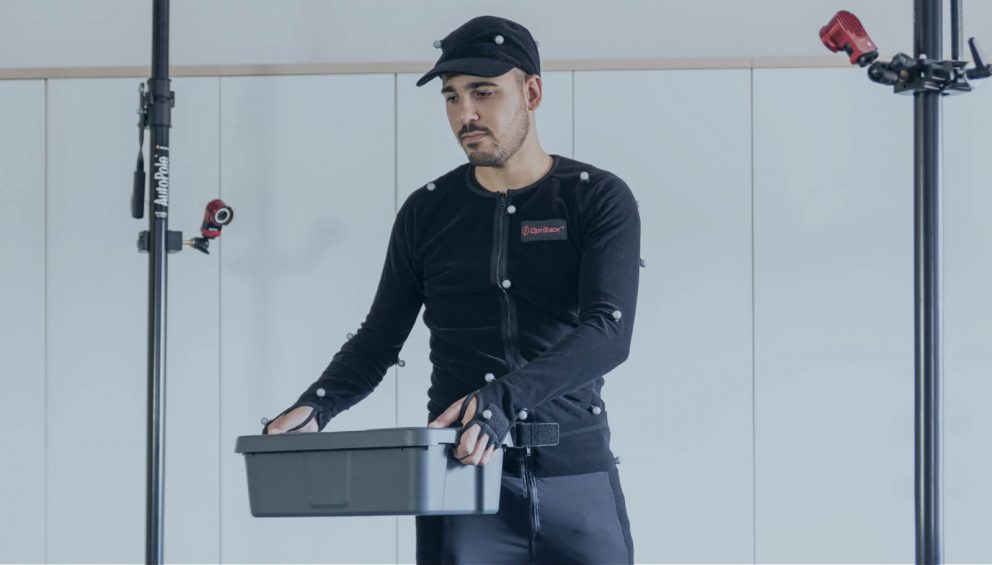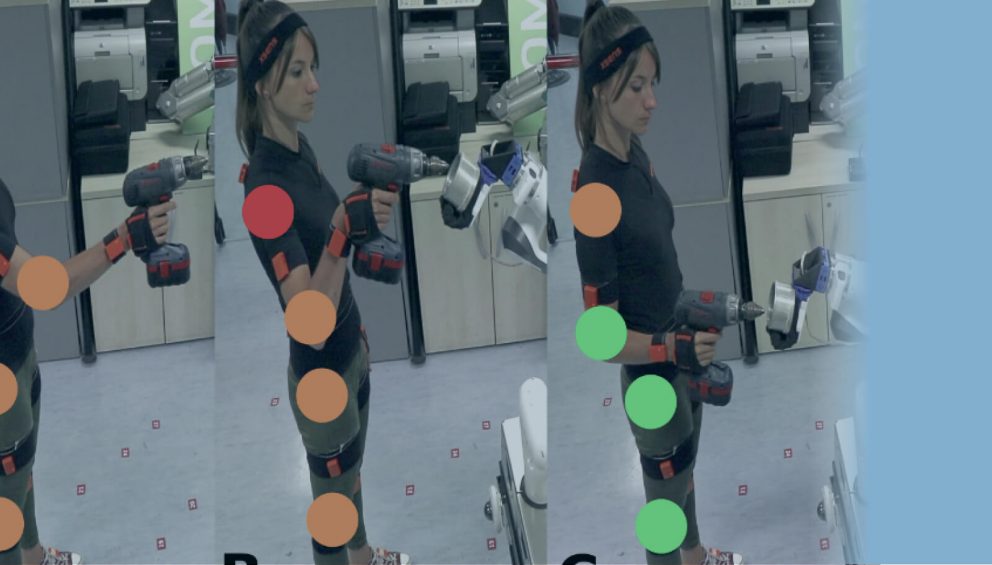Human modeling and ergonomics
The careful monitoring of workers’ exposure to the factors which may contribute to their development is of crucial importance in industrial environments, aiming to lay the foundation of risk prevention and reduction programs. Nevertheless, in the brand-new industrial scenario, featured by frequently varying workflows and unstructured workstations, the traditional view of occupational ergonomics is rather weak and barely applicable.
Indeed, the most widely used tools are still “pen-and-paper” observational approaches, which need to be carried out in an off-line stage. On the other hand, numerous techniques have been proposed by researchers to estimate humans’ physical load and to model the human body, relying on direct measurements collected on the human body through sensors devices. Mainly, the modeling of the human body and the estimation of the worker ergonomics are complex laboratory-based approaches which are hardly customizable and impractical for industrial settings.
Accordingly, the scientific objective is to fill in this gap, by introducing a novel framework for the modeling of the human body and the evaluation and improvement of human ergonomics, which implements online, customizable, and reconfigurable strategies to account for workers’ ergonomic demands.
Therefore, the models and methods are aimed at a simplified, not simplistic, approach that focuses on fast identifiability of the models and online capabilities of the methods, respectively.


